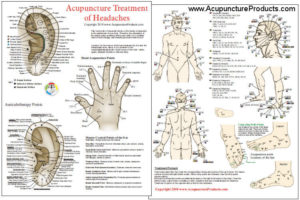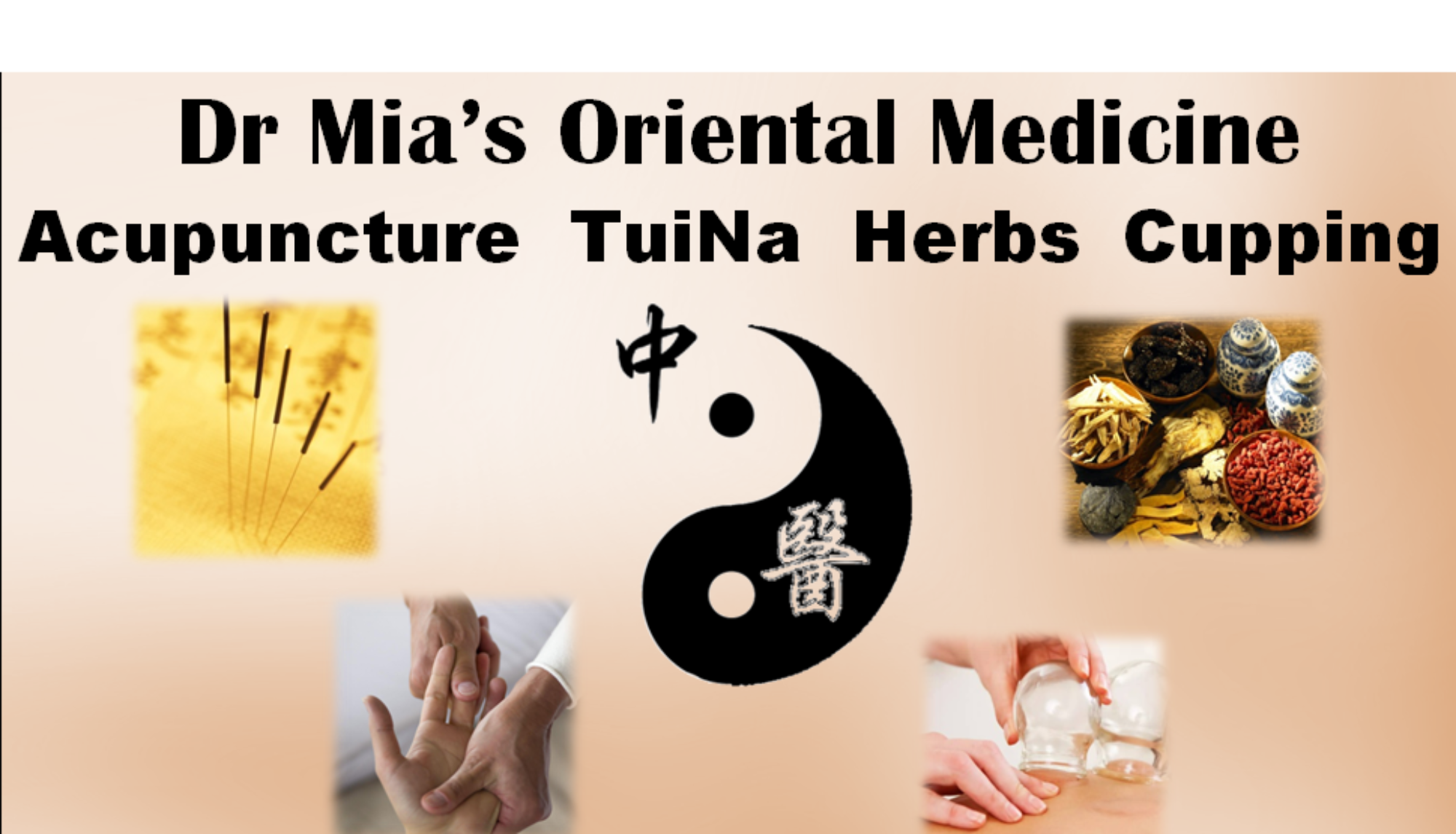The Theory and Art of Acupuncture Point Selection and Application in TCM
I. Fundamental Theories of Acupuncture Points (穴位, Xuéwèi)
1. Philosophical Foundations
– Microcosmic Reflection: Each point represents a confluence where internal organ systems communicate with the external environment
– Qi Modulation Gates: Function as regulatory switches in the body’s bioenergetic network
– Three-Dimensional Nature: Exist not just on the skin surface but as dynamic spheres of influence extending inward
2. Classification System
– Jing-Points (经穴): 361 classical meridian points
– Extra-Points (奇穴): 48 historically verified non-meridian points
– Ahshi-Points (阿是穴): Reactive/tender points discovered through palpation
– Modern Microsystems: Ear, scalp, and hand points representing holographic mappings
3. Energetic Properties
– Qi Depth: Superficial (Wei) vs. deep (Ying) level access
– Directional Flow: Each point influences qi movement in specific vectors
– Temporal Characteristics: Variable responsiveness according to circadian rhythms
II. Advanced Point Selection Methodology
1. Pattern Differentiation Systems
– Eight Principles Selection: Yin/Yang, Hot/Cold, Excess/Deficient, Interior/Exterior
– Zang-Fu Selection: Direct organ system correspondence
– Five Phase Selection: Mother-Son, Tonification/Sedation cycles
– Meridian Topography: Local/distal point combinations based on channel pathways
2. Strategic Combination Approaches
– Dragon-Tiger Method: Balancing upper/lower body points
– Four Gates Technique: Simultaneous bilateral LI4 + LV3 for qi regulation
– Source-Luo Pairing: Combining Yuan and Luo points of interiorly-exteriorly related channels
– Back-Shu + Front-Mu: Treating organ dysfunction through diagnostic points
3. Specialized Point Categories
– Five Transport Points (五输穴): Well, Spring, Stream, River, Sea points
– Xi-Cleft Points (郄穴): Acute conditions and pain management
– Confluence Points (八脉交会穴): Eight extraordinary vessel access points
– Ghost Points (鬼穴): Psychiatric and neurological disorders
III. Clinical Application Techniques
1. Needling Methods
– Tonification Technique: Clockwise rotation, slow insertion, quick withdrawal
– Sedation Technique: Counter-clockwise rotation, quick insertion, slow withdrawal
– Even Method: Neutral stimulation for harmonization
– Advanced Manipulations: Sparrow-pecking, flying, and trembling techniques
2. Depth and Direction Significance
– Three Layer Needling: Heaven (superficial), Man (middle), Earth (deep) levels
– Directional Influence: Needle tip orientation affecting qi movement
– Arrival of Qi (得气): Practitioner-patient energetic feedback loop
3. Adjunctive Therapies
– Moxibustion Integration: Direct/indirect moxa for cold/deficient conditions
– Electroacupuncture: Frequency-specific applications
– Point Injection Therapy: Herbal or homeopathic solutions
– Laser Acupuncture: Non-needle stimulation
IV. Contemporary Research and Evidence
1. Neurophysiological Mechanisms
– Gate control theory applications
– Endorphin release pathways
– Autonomic nervous system regulation
2. Bioelectric Phenomena
– Measurable skin conductance at point locations
– Infrared thermographic changes
– Piezoelectric effects in connective tissue
3. Clinical Efficacy Studies
– Pain management protocols
– Internal medicine applications
– Psycho-emotional disorder treatments
V. Practical Case Examples
1. Migraine Case
– Pattern: Liver Yang Rising with Gallbladder Channel Blockage
– Points: GB20 (Fengchi), LV3 (Taichong), SJ5 (Waiguan)
– Technique: Reducing method with electrostimulation
2. Insomnia Case
– Pattern: Heart-Kidney Non-Communication
– Points: HT7 (Shenmen), KI6 (Zhaohai), Yintang (Extra)
– Technique: Tonifying KI6, reducing HT7, even method at Yintang
3. Digestive Disorder Case
– Pattern: Spleen Qi Deficiency with Stomach Heat
– Points: ST36 (Zusanli), SP6 (Sanyinjiao), PC6 (Neiguan)
– Technique: Moxa on ST36, even method on others
VI. The Art of Point Selection
True mastery requires:
– Clinical Intuition: Developed through years of pulse and tongue diagnosis
– Energetic Sensitivity: Ability to detect subtle qi movements
– Pattern Recognition: Seeing beyond symptoms to root causes
– Creative Adaptation: Customizing point prescriptions for individual constitutions
The most effective treatment that practitioners always combine:
1. Classical textual knowledge
2. Modern research understanding
3. Clinical experience
4. Personal cultivation of qi sensitivity
This multidimensional approach transforms acupuncture from mechanical point stimulation to a truly holistic healing art that addresses body, mind and spirit simultaneously. The points serve as portals through which the practitioner can help restore the natural flow and balance of the patient’s entire being.

Acupuncture Points: Classification and Therapeutic Functions
I. Classification of Acupuncture Points
The human body contains an intricate network of acupuncture points that have been systematically documented in Traditional Chinese Medicine (TCM) for over two millennia. These points are categorized as follows:
1. **Classical Meridian Points (361 Primary Points)**
– Documented in foundational TCM texts like the Yellow Emperor’s Inner Canon
– Precisely mapped along the 12 primary meridians and 2 extraordinary vessels
– Each point possesses unique therapeutic properties validated through centuries of clinical practice
2. **Extraordinary Points (68 Standard Points)**
– Exist outside the primary meridian system
– Include:
* Special therapeutic points with focused indications
* Anatomical reference points with broad applications
* Energetically potent convergence points
3. **Contemporary Point Systems**
– Master Tung’s acupuncture system with unique anatomical correspondences
– Modern microsystem approaches (ear, hand, scalp acupuncture)
– Clinically validated experience points from practitioner observations
II. Therapeutic Mechanisms of Acupuncture Points
Acupuncture points function through multiple physiological pathways:
1. **Local Tissue Effects**
– Enhance microcirculation and tissue perfusion
– Modulate local inflammatory responses
– Release muscle tension through myofascial regulation
2. **Neurological Effects**
– Activate segmental spinal reflex pathways
– Stimulate descending pain inhibitory systems
– Influence autonomic nervous system balance
3. **Systemic Regulatory Effects**
– Modulate neuroendocrine function
– Regulate immune system activity
– Influence homeostatic mechanisms throughout the body
III. Clinical Application Principles
Effective acupuncture treatment requires strategic point selection:
1. **Point Selection Methods**
– Local and adjacent point selection for symptomatic relief
– Distal point selection based on meridian theory
– Combination approaches addressing both root and branch
2. **Treatment Strategies**
– Acute conditions: focus on quick, strong stimulation
– Chronic conditions: gentle, cumulative treatment approach
– Preventive care: regular maintenance treatments
3. **Special Considerations**
– Patient constitution and sensitivity
– Treatment environment and timing
– Integration with other therapeutic modalities
IV. Evidence-Based Perspectives
Modern research continues to validate traditional knowledge:
1. **Physiological Correlates**
– Points show distinct electrical properties
– Correlate with fascial connective tissue networks
– Demonstrate specific neurovascular relationships
2. **Clinical Effectiveness**
– Well-established for pain conditions
– Growing evidence for internal medicine applications
– Promising results in psycho-emotional disorders
3. **Safety Profile**
– Extremely low risk when properly administered
– Requires knowledge of anatomical relationships
– Special precautions for certain patient populations


